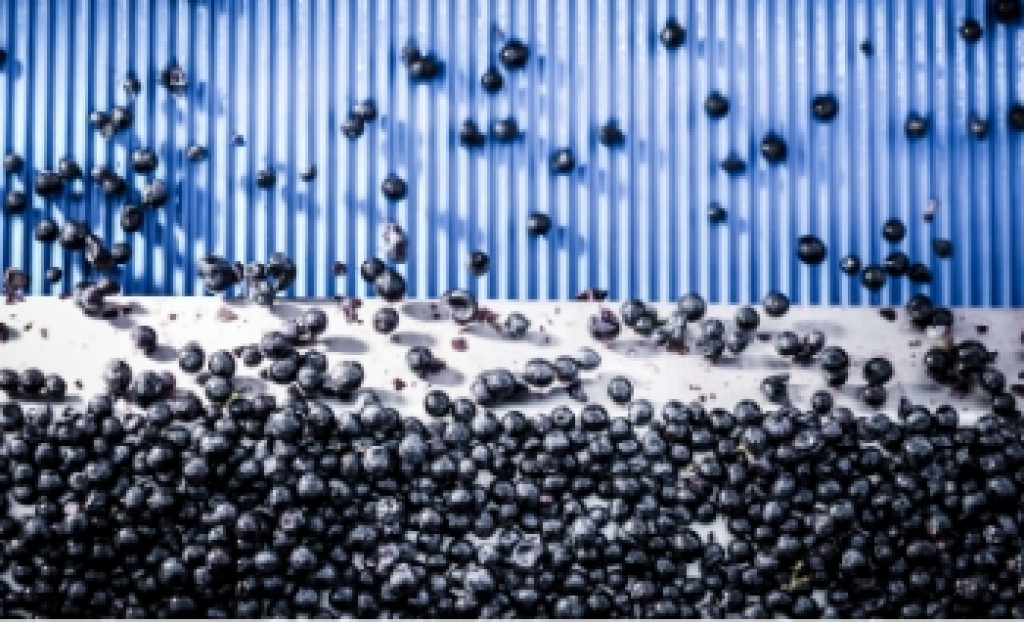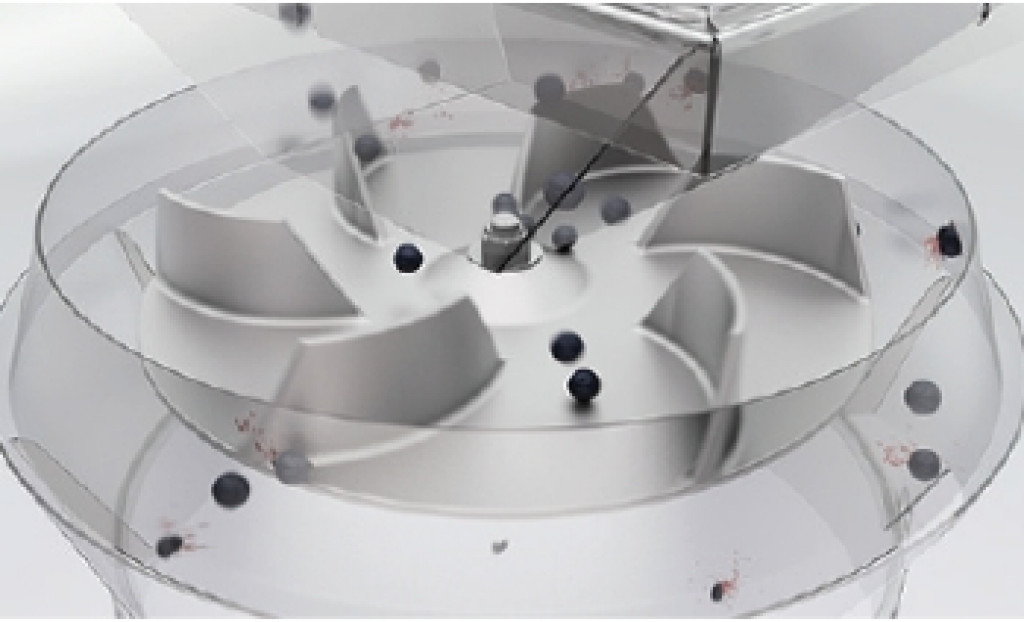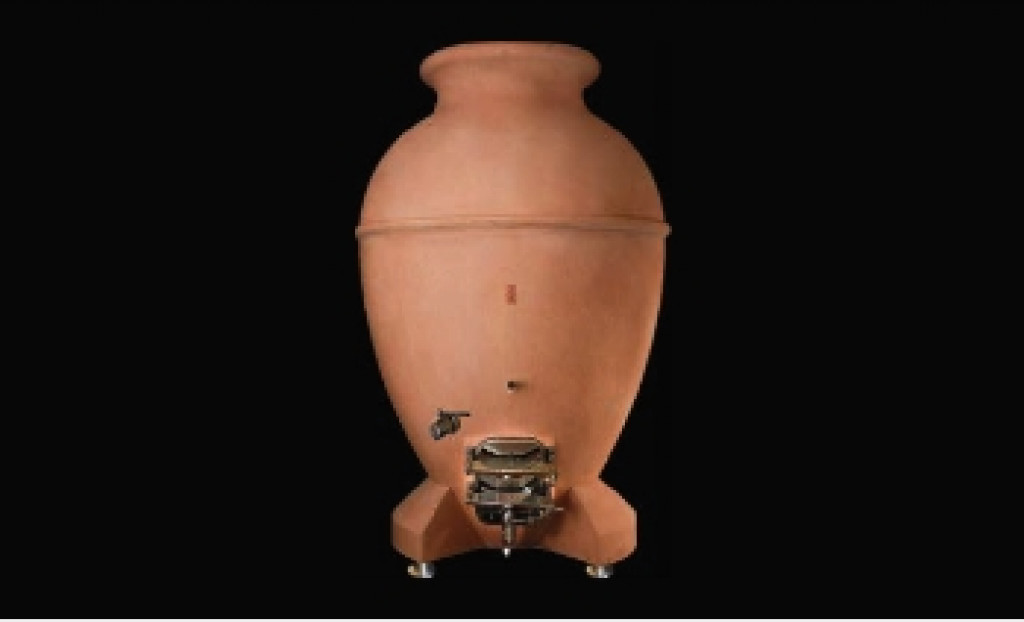The road to quality requires
respect for man and nature
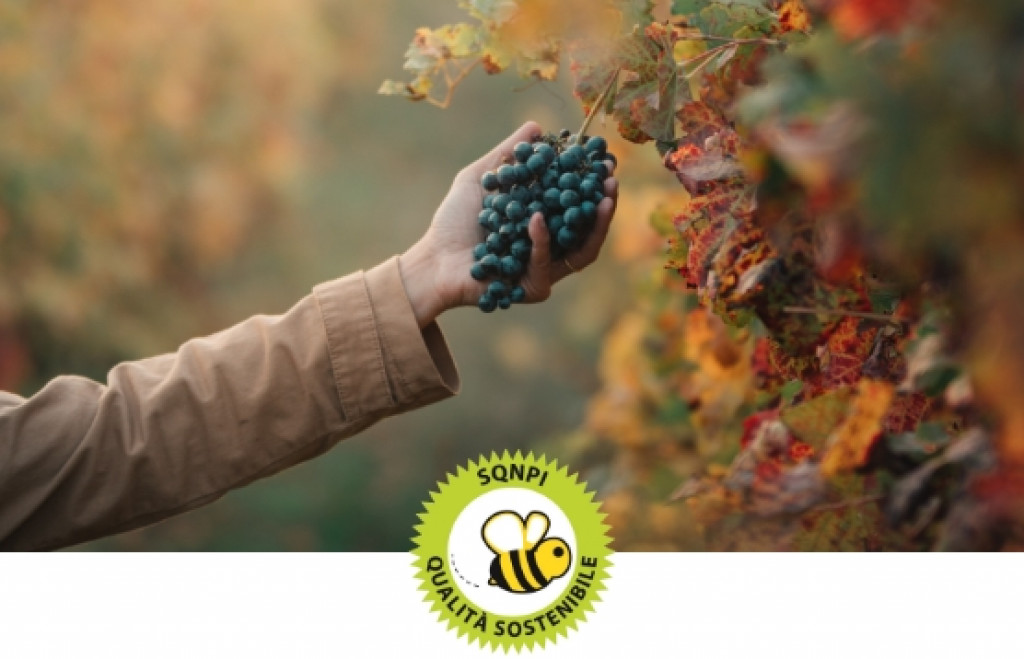
Wine cannot be made without exercising respect—respect for nature, respect for its fruits, and respect for those who will enjoy those gifts. For this reason, in our practice of agriculture, we follow the tenets of the Integrated Crop Management National Quality System (SQNPI), which is directed towards values that we believe are important, such as sustainability and innovation. These principles inspire and guide us to utilise the most up-to-date technologies, hand-in-hand with generations-old traditions, in making our wine. For us, innovation means not simply novel practices and development, but awareness and conscience in utilising that innovation. As a consequence, we drew up a code of ethics that directs all our activities and the individuals involved in them, in accord with principles of legality, social responsibility, and sustainable innovation.
VINEYARDS
Grapevines require knowledge, patience, and dedication. We cover-crop our vineyards to protect the soil from erosion and degradation, and to ensure at the same time a good level of biodiversity. In every stage of the growth cycle, we adopt “best practices,” always totally natural, to ensure to every vine good health and an optimal micro-environment for its life and crop.
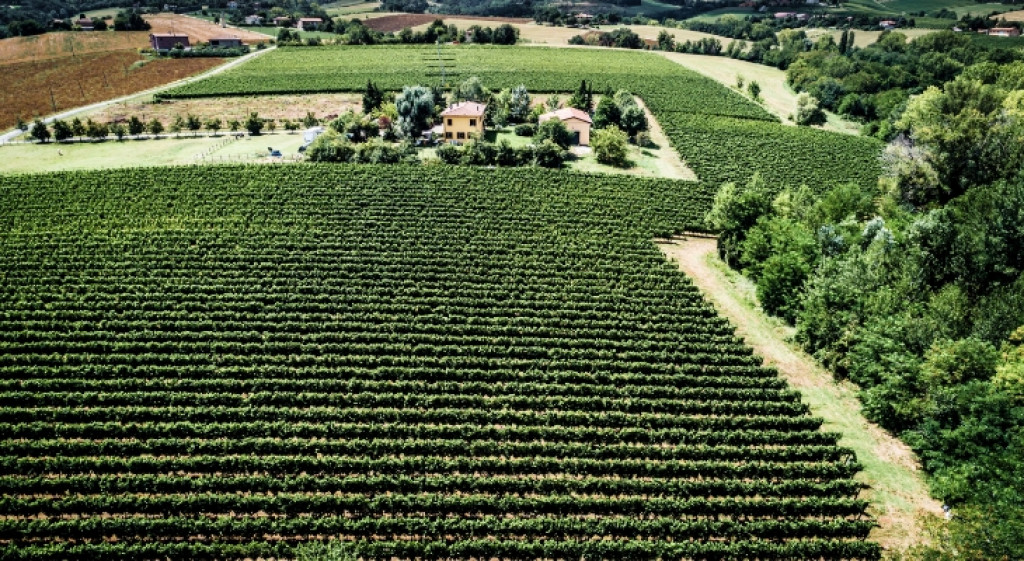
SUSTAINABLE VITICULTURE
To keep our vineyards in the best of health, we utilise plant-based products, which reduces residues in both the SQNPI-certified vineyards, as well in those farmed organically.
Discover more
WINE CELLAR
In our winemaking, our commitment to sustainability and to innovation continues unabated, two factors essential to producing wines that are of the highest quality possible and are expressive of their terroir.
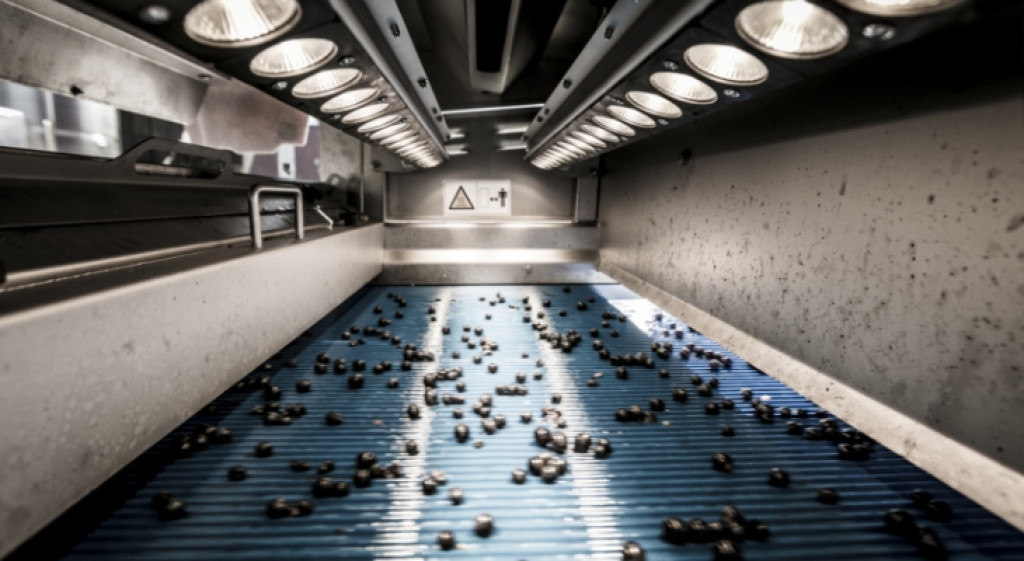
CUTTING EDGE TECHNOLOGY
Discover more
HELPING THE ENVIRONMENT
In addition to producing terroir wines, we are committed to reducing CO2 emissions. One component of this strategy is the use of Amorim natural corks, which have less impact on the environment. Another component is lighter bottles: we have reduced the weight of the glass by 20% over recent years, which leads to reduced emissions both in producing the bottles and in transportation. Valuing the environment means reducing our footprint on it.
ETHICAL CODE
In addition to all the efforts we are making—and will continue to make—to respect the values of sustainability and innovation in every step we take, we also decided to create and respect an internal code of ethics. That document is of essential importance to us, since it addresses problems that confront us every day related to ethics, organization, and management decisions.






